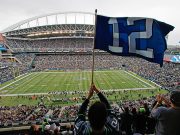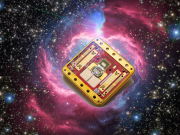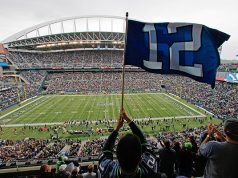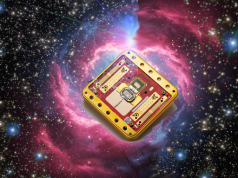
When NASA’s Apollo 15 astronauts David Scott and James Irwin touched down on the moon, they had an extra special tool packed away on their lunar lander: a dune buggy-size rover that enabled them to become the first humans to drive on the surface of a world beyond Earth.
NASA’s first “Lunar Car,” the Lunar Roving Vehicle (LRV), was used on the Moon during the last three missions of the Apollo program (15, 16, and 17).
The date was October 28, 1969, when, following research and contributions by many of the world’s greatest scientists, Boeing was selected as the Apollo LRV prime contractor. In total, four lunar rovers were to be designed and built, one each for what would become the last three Apollo missions; and one used for spare parts. In addition to furnishing the electronic and navigation systems, Boeing would perform the actual vehicle testing at its facility in Kent, Washington.
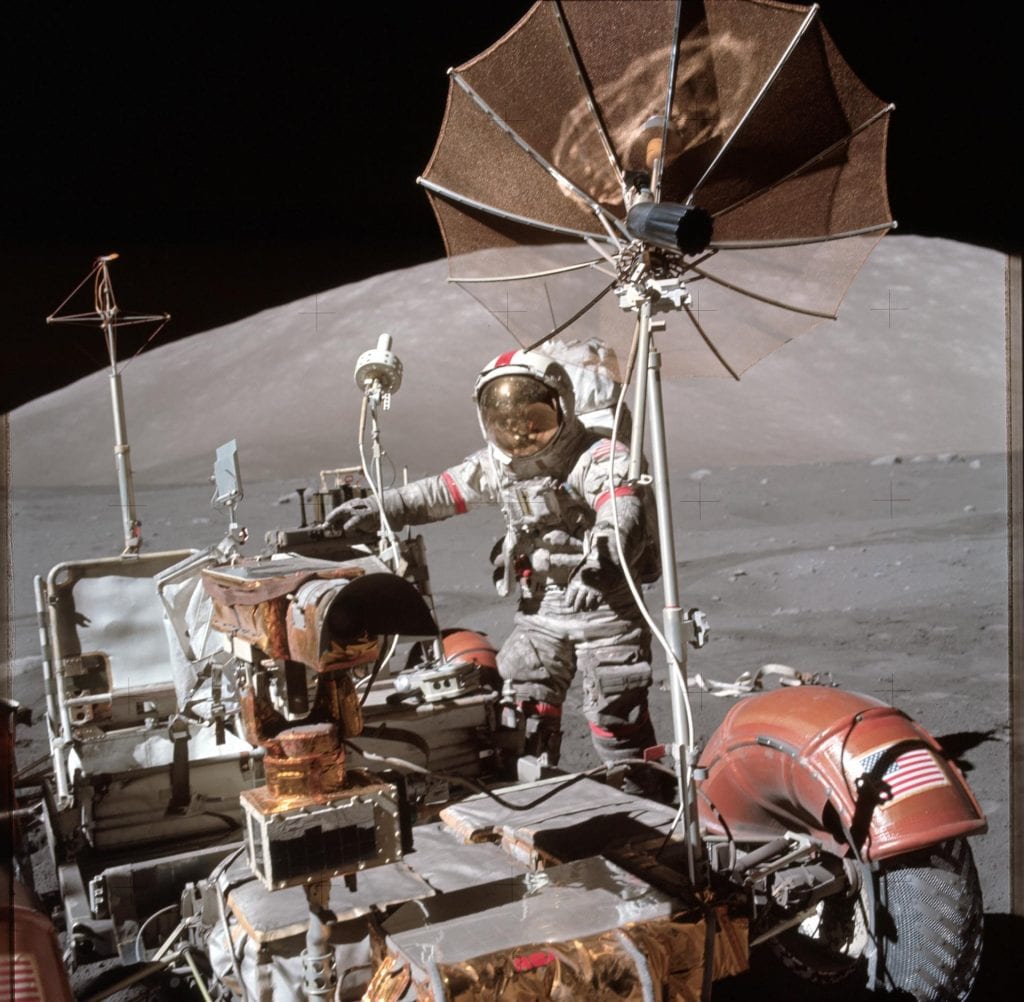
At last, some 50 years later, the city of Kent is in the process of officially registering the site where earth’s first lunar transport vehicle came to life — to be designated as a state historical landmark. Should all go according to plan, a replica of the vehicle will go on display in what could be renamed Lunar Rover Park , or something equally thematic, in the heart of Kent’s downtown neighborhood by late 2020 or early 2021.
The park, located at 307 West Gowe Street in Kent will undergo an extensive renovation for the “landing” of a Lunar Rover replica. An inspiring, interactive play space will be created, inviting a hands-on, simulated, climb-aboard experience and celebrating the history-making feat of human achievement. “Star parties” are already being imagined by the Seattle Astronomical Society in addition to other high-tech gatherings and exhibit features.
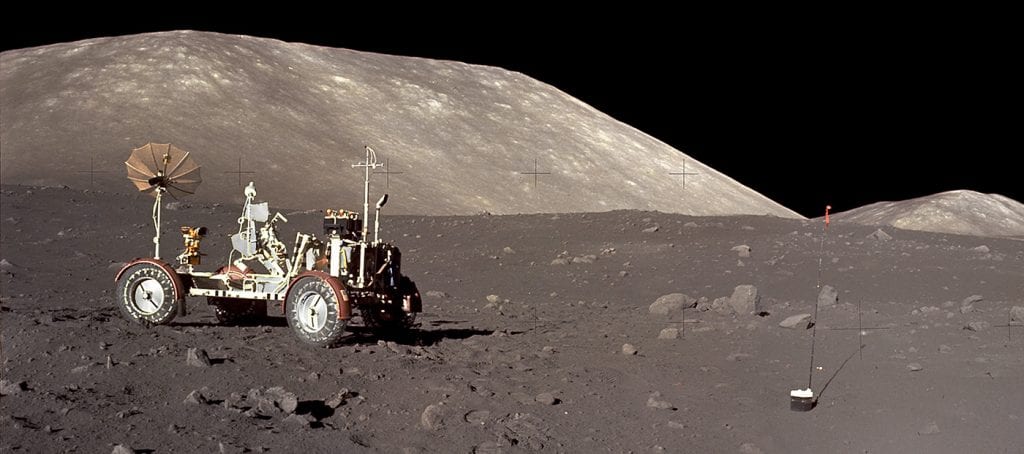
Scientist-astronaut Harrison Schmitt of Apollo 17 has commented, “The Lunar Rover proved to be the reliable, safe and flexible lunar exploration vehicle we expected it to be. Without it, the major scientific discoveries of Apollo 15, 16, and 17 would not have been possible; and our current understanding of lunar evolution would not have been possible.”
This community initiative represents the first project of its kind in the Kent Valley area to recognize the contributions of the many companies that are integral to space exploration including the Boeing Space Center, Blue Origin, SpaceFlight Technologies and many others.
“This is a proud moment in our history and it also helps us to talk about our future,” remarked City of Kent Mayor, Dana Ralph. “While the Lunar Rover was our entry into the space industry, that work continues today. We want visitors to understand both the legacy and future of Kent’s role in space exploration, satellite systems and space transportation.”
“There has been a resurgence of interest in commercial space travel being driven by the private sector,” added the Mayor. “We’re starting to see companies that are not only suppliers to the big guys, like Boeing, Blue Origin and SpaceX, but who are developing space technology in their own right. All the moving pieces are in Kent — the technology, the proximity to the best companies, and Kent is a place where people want to live.”
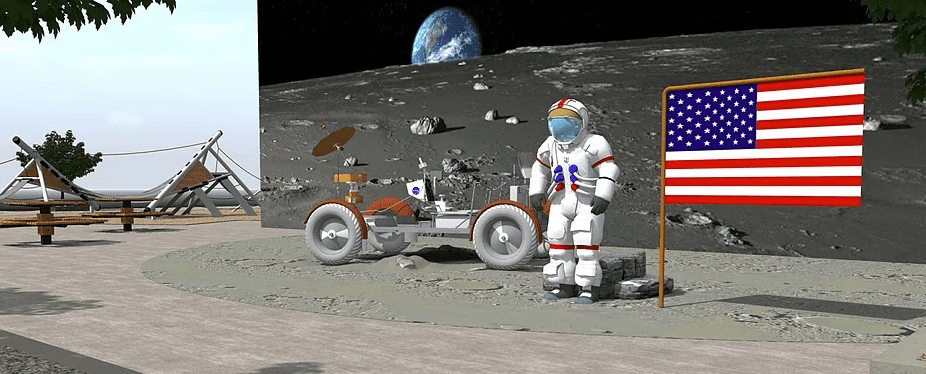
“The city’s Economic Development Commission is seeking to raise $1.2 million dollars for the project as a whole,” explained campaign manager Michelle Wilmont. Tax-deductible fundraising efforts are underway among both individual and corporate donors. The Lunar Rover Replica Project is a joint effort by the City of Kent and the Kent Downtown Partnership, a 501(c)(3) charitable organization and member of the Washington Main Street Program. More information about the project can be found online at http://www.kentwa.gov/residents/parks-recreation-and-community-services/apollolunarrover-com
Boeing Historian and Archivist Mike Lombardi puts the project in perspective: “How many cities in the world can claim that they have a spacecraft on the moon that was built in their community? Not only is it a point of pride for the city of Kent but it recognizes that Kent is home for those very talented businesses and professionals who are a part of the future of space exploration,” he said.
“The same way Apollo inspired me as a youngster to go into the aerospace business, and all the effort we make today where STEM is concerned, getting kids interested in science and technology and math. This is a very inspirational way to do that!” Lombardi summed up.
Coming from a historian who has literally seen aerospace evolve in concert with the talent and technology of the Puget Sound, landing the Lunar Rover in Kent is truly a landmark event. [24×7]



